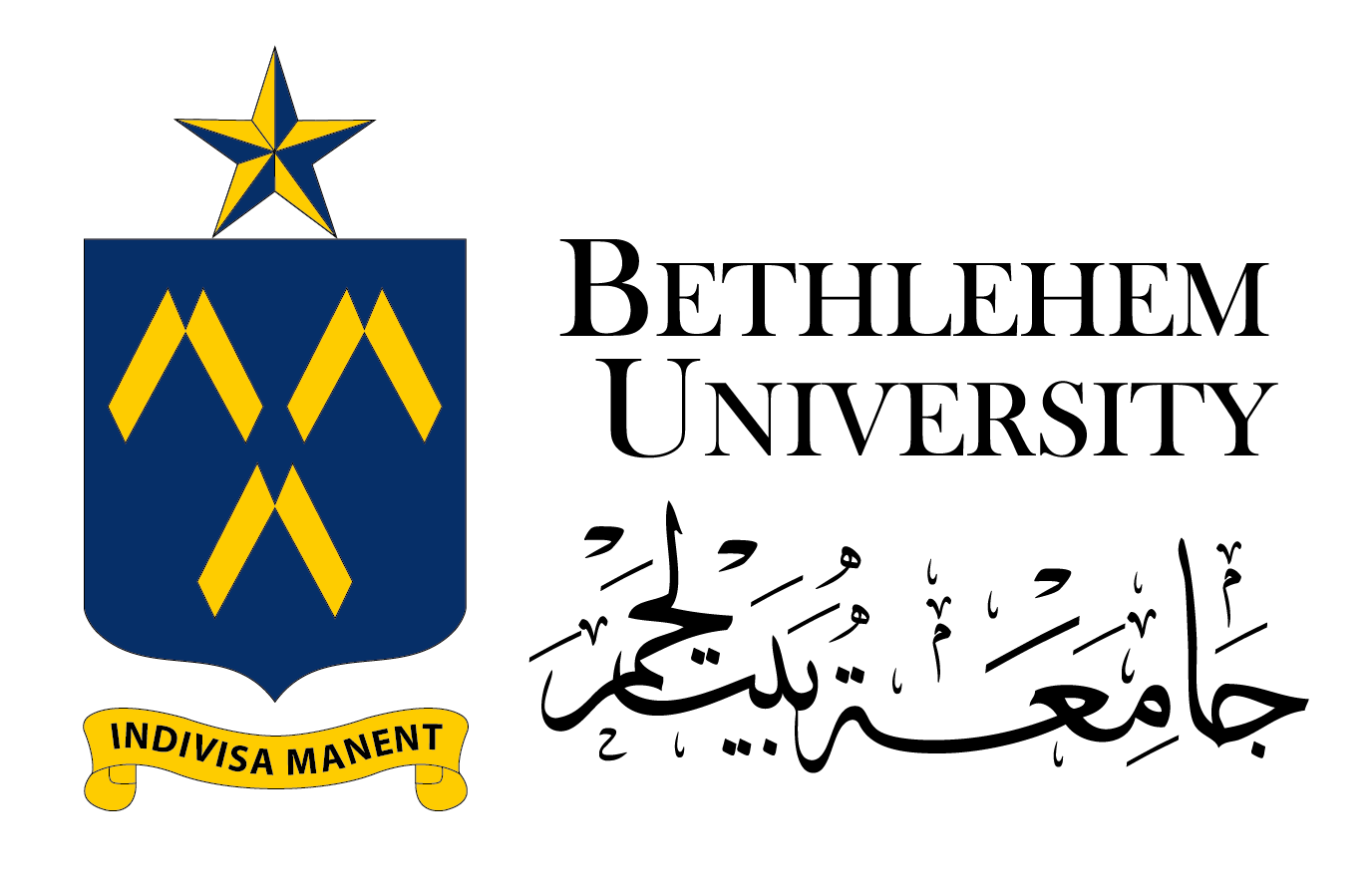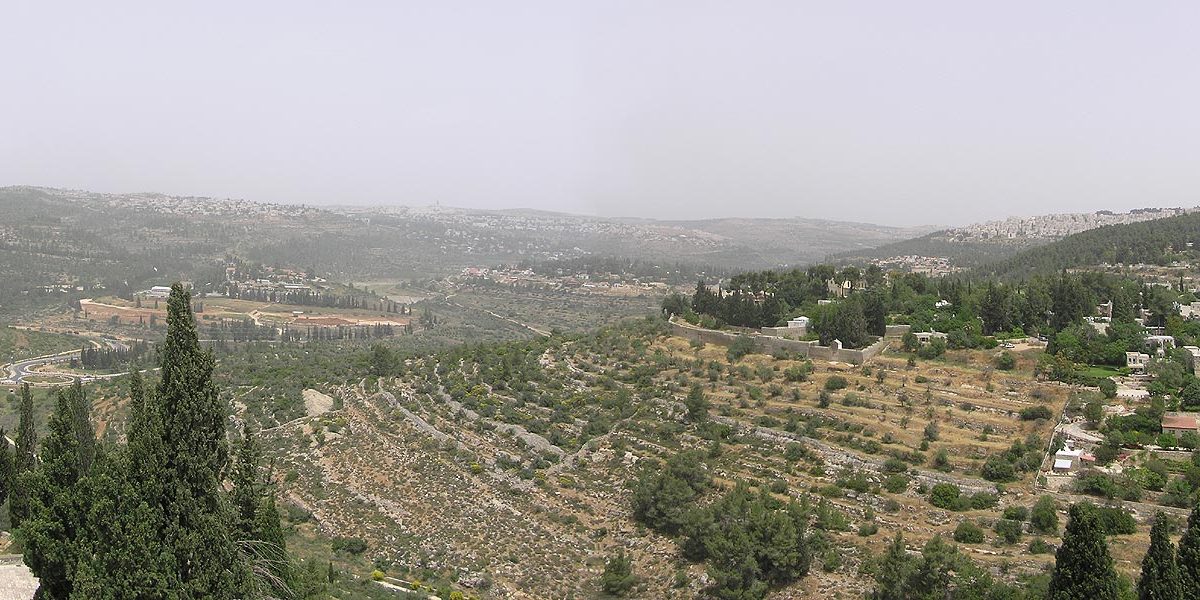| Ein Karem is the birthplace of John the Baptist (Luke 1:57). The Virgin Mary visited her cousin Elizabeth who lived in Ein Karem (Luke 1:39–56); and the Caliph ‘Umar Ibn al-Khattab passed by the village and held prayers in it during the Islamic conquest. Ein Karem means “Spring of the Vineyard,” and is so named because of the many gardens and fields (karm) that flourish there. The spring located there is called Ain Sitti Maryam, “the Fountain of Mary.” Ein Karem is an ancient scenic village in the Jerusalem District surrounded by olive trees and vineyards. Several decades ago, it was a large Palestinian village both in area and population. Its houses were built of limestone with typically arched frames over their doors and windows. There is a mosque by the Fountain of Mary that silently witnesses to the existence of a Palestinian village before 1948. There was also a vibrant Christian community whose main source of livelihood was wood craftsmanship and guiding pilgrims. 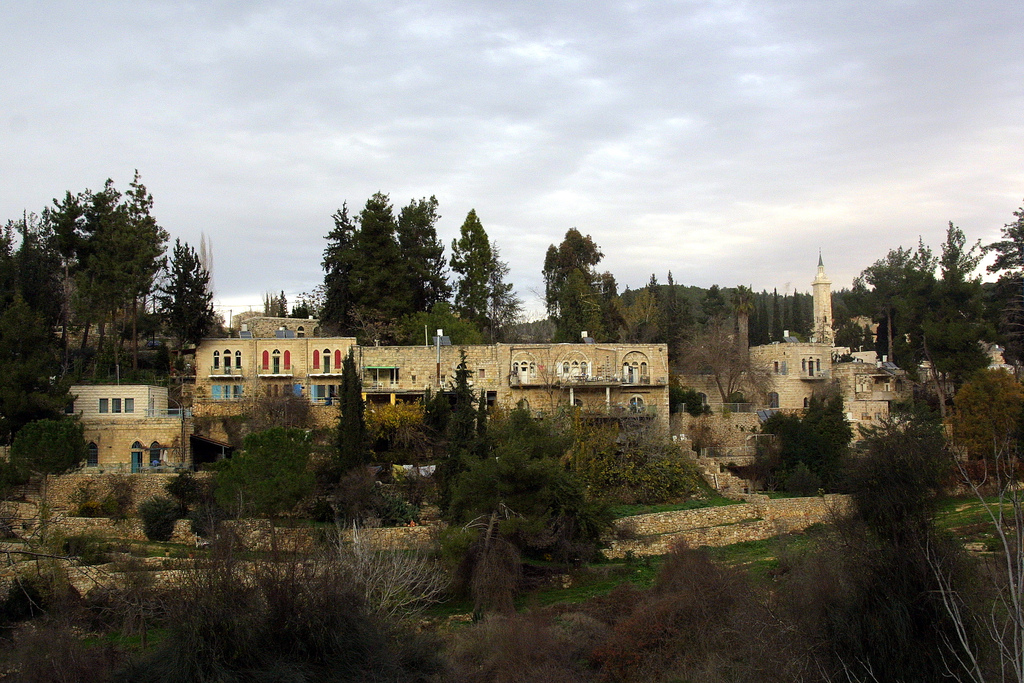  Of the estimated 3,180 people who lived in Ein Karim in 1945, 2,510 were Muslims and 670 Christians. The population was made up of five clans or “hamulas” and each had a courtyard where members of the “hamula” and their guests gathered to socialize and celebrate special occasions. The village had two elementary schools as well as several athletic and social clubs including a boy scouts organization. Other sources of entertainment and information in the village included an open air movie theater and a radio in the village café that was hooked up to loudspeakers so that large numbers of people could listen to it. 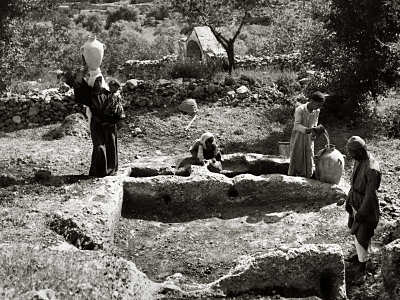 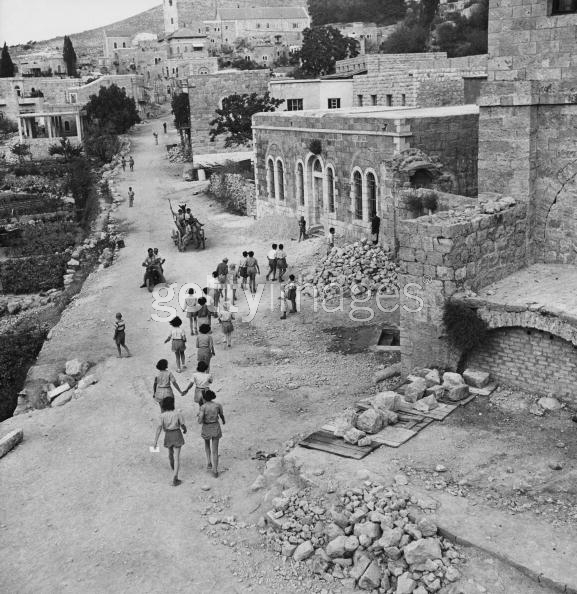 Today, Ein Karem is inhabited by some 2,000 Israelis. One Christian Palestinian family, exiled from the village of Iqrit (Acre District) in 1949, lives in the village, inhabiting an old school building attached to the Franciscan monastery. The Sites in Ein Karem: Church of St. John the Baptist There are two churches by this name in Ein Karem. The first church on the site was built in the 5th century. It was destroyed and reconstructed by the Crusaders and was again destroyed after their departure. In 1621, Fr. Thomas Obicini (of Novara, Italy) Custos of the Holy Land, purchased the Church of St. John. In 1885, a chapel was discovered with two Roman tombs and a mosaic with Greek inscriptions. The other Church of St. John the Baptist is an Eastern Orthodox church built in 1894, also constructed on the ruins of an ancient church. Church of the Visitation There is another ancient church to the southwest of the Latin Church of St. John the Baptist. It is known as the Church of the Visitation in memory of Mary’s reply (also called the Magnificat) to her cousin Elizabeth during the gospel episode of the Visitation (Luke 39-56). This famous hymn to the Lord, the Magnificat, is presented in 41 languages on one wall outside the Church. 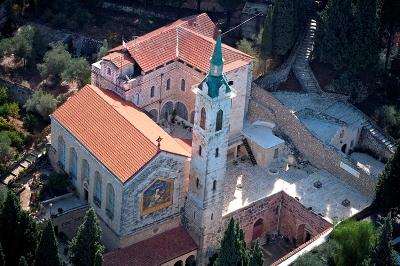 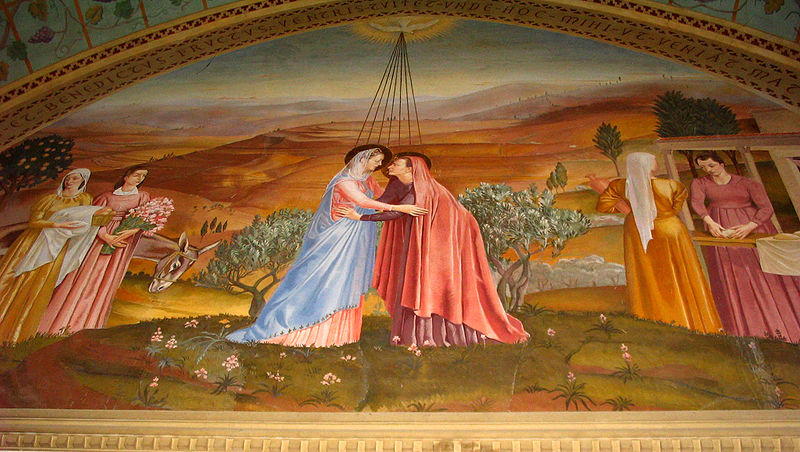 In 1937, the Franciscans made an archaeological survey of the site that revealed a small natural spring which enabled a very rustic habitation there in ancient times. The current Church was built in 1955, also on top of an ancient church. It was designed by Antonio Barluzzi, an Italian architect, who designed many other churches in the Holy Land during the 20th century. Mary’s Spring The village’s fresh-water spring is the location where tradition tells us that Mary met her cousin Elizabeth and sang a hymn of praise (the Magnificat), a song of gratitude to God (Luke 1:46-55). The spring was repaired and renovated by Baron Edmond de Rothschild. Arab inhabitants built a mosque on the site in the second half of the 19th century where it remains to the present day. 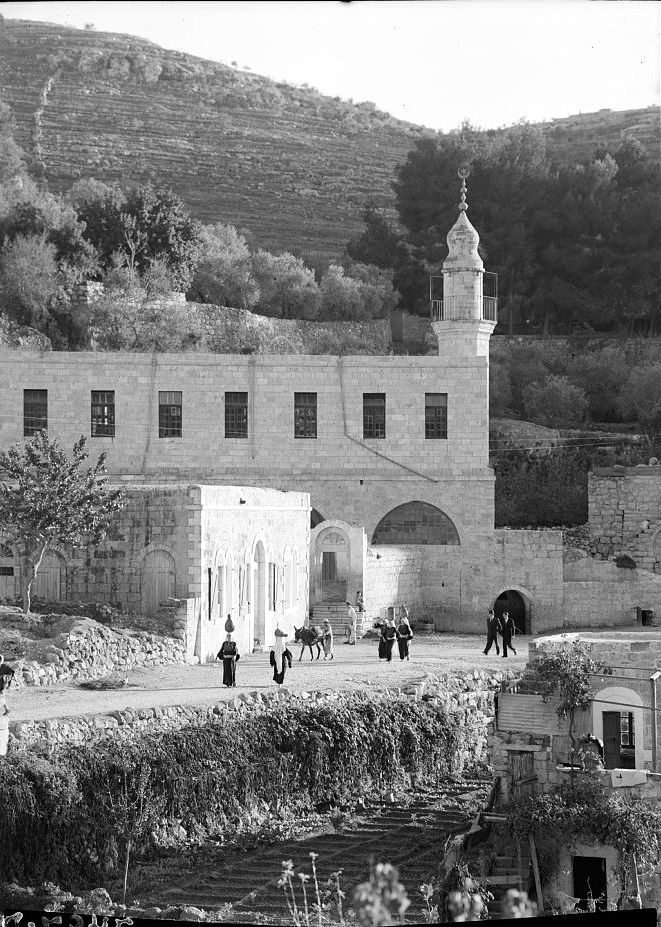 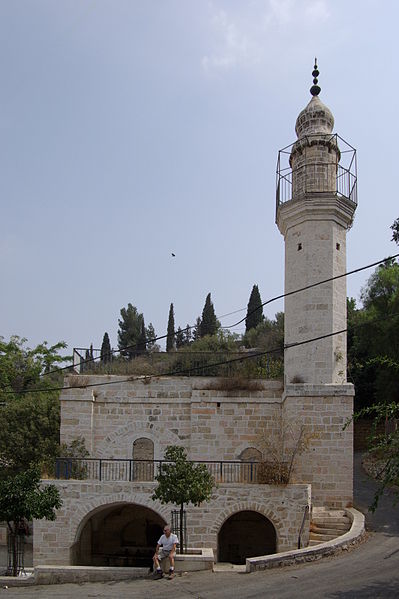 Desert of St. John Ein el-Habis, “Spring of the Hermit,” located approximately 3 kms. from Ein Karem, commemorates the place where St. John the Baptist spent his childhood. 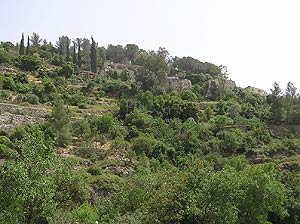 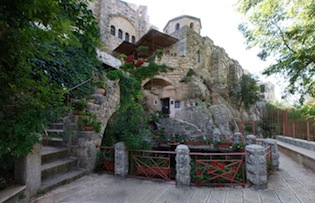 First acquired by the Latin Patriarchate, it then passed on to the Franciscans who, in 1922, erected a small convent and a chapel. The place in which St. John lived has been transformed into a chapel and beside it is a small spring. 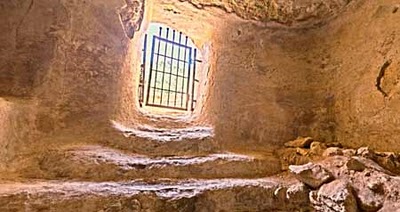 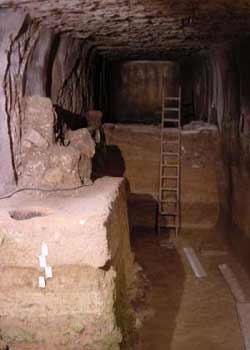 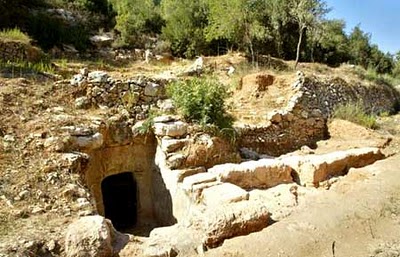 |
| Sources: | – Khalidi, Walid, ed. All that Remains: The Palestinian Villages Occupied and Depopulated by Israel in 1948, Washington, D.C.: Institute for Palestine Studies, c.1992. |
| – Hoade, Eugene. Guide to the Holy Land, Jerusalem: Franciscan Printing Press, 1996. | |
| – Jacobs, Daniel. Israel and the Palestinian Territories, London: Rough Guides, 1998. | |
| – https://www.gettyimages.com | |
| – https://www.custodia.org | |
| – https://www.BibleWalks.com | |
| – https://www.Wikipedia.com | |
| – Ein Karem | Facebook |
